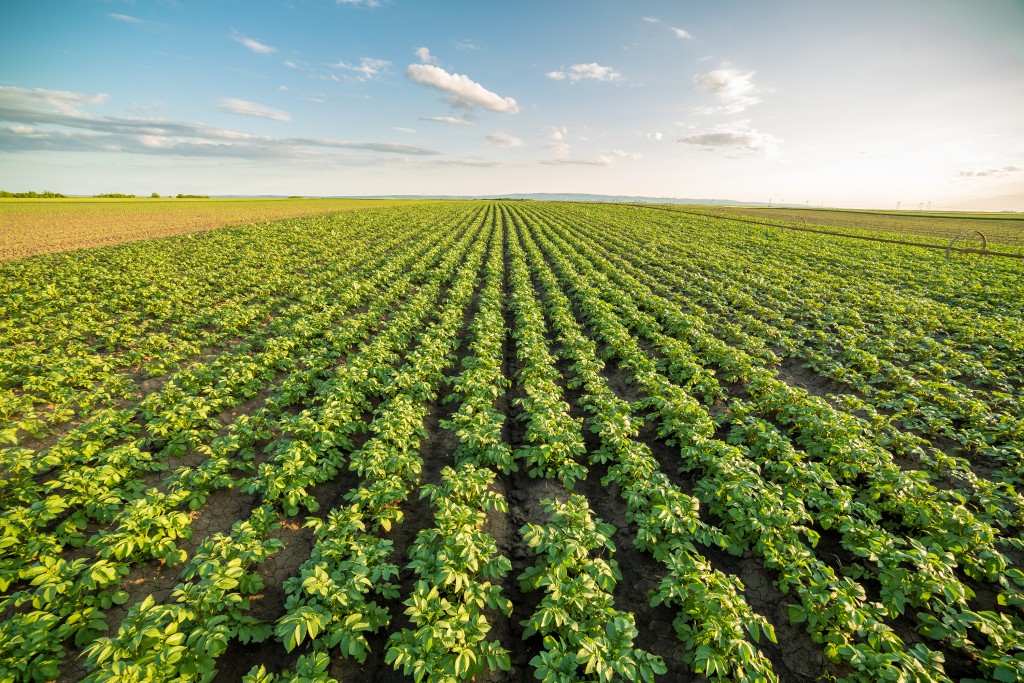Over the last few decades, increasing population growth in the Wasatch Front has created a growing demand for food while simultaneously reducing the area available for farmland. Urban farming presents a sustainable solution which allows small-scale operations in developed areas to fill in the gaps in supply, but such an enterprise isn’t without certain difficulties. If you’re considering setting up an urban farm in Salt Lake County, here are some of the specific challenges involved.
Find space
The first challenge any urban farmer must solve is finding a suitable location. In addition to the usual concerns of climate, sunlight, soil and water quality, accessibility and long-term availability are key factors when seeking out the right space; as a result, many successful urban farms in Salt Lake County are on the periphery, where it’s easier to find and obtain a permit to use county-owned land. Closer to the urban core, you can work with community parks or schools to grow crops on unused acreage. Or you can work on rooftops and create a vertical garden, for example.
Soil maintenance
Unless you have a purely vertical urban farm, or exclusively work using hydroponics, you’ll have to find some way to deal with the often poor quality of soil on most urban properties. While you can start by bringing in fertile soil from outlying areas, this isn’t a long-term solution.
Finding on-site solutions is the key to sustainable soil maintenance; a local composting process will help break down your farm’s organic waste and improve soil quality. Hydroseeding can be used to grow native Utah grass species which limit erosion, enrich the soil, and reduce your reliance on pesticides.
Limiting damage
In urban areas, you may not have to worry about deer or rabbits snacking on your crops, but damage control is still something to consider. Pest species such as crows, squirrels, and mice can cause significant damage to unattended plants. On top of that, your location may also be exposed to a lot of foot traffic; careless activity from untrained personnel can do a lot of damage in a small farming space. Good farm hygiene is essential to preventing many pest infestations, while protective barriers can limit the threat of damage posed by birds, passersby and other trespassers.

Sourcing labor
Due to the smaller scale of their operations, most urban farms must exchange a lot of machinery and mechanical systems for manual labor. While a return to working the farm by hand can lead to higher crop density and yields, it also requires more training and entails higher costs. Sourcing labor in a cost-effective manner is vital to your urban farm’s sustainability; try to maximize opportunities for local volunteers or gardeners to carry out recreational work.
Balancing costs
An urban location can incur higher costs of operation in many areas, from essentials such as water and seeds to others, like permits and monthly rent, which a traditional farm wouldn’t worry about much. In order to maintain a profit margin, you should be able to play to your strengths while working to manage these costs. Take your produce to the local market only, and virtually eliminate transportation costs and emissions; engage with the community to educate them on the benefits of your sustainable operations and product quality.
Urban farming holds great potential as a sustainable means of food production, but there are unique challenges involved. Overcoming these problems and staying profitable will be the key to success in establishing your farm as a local producer.
